RS-485 is a popular protocol in industrial automation. It connects many devices over long distances. Because it is reliable, many engineers still use it. Also, it is simple and low-cost.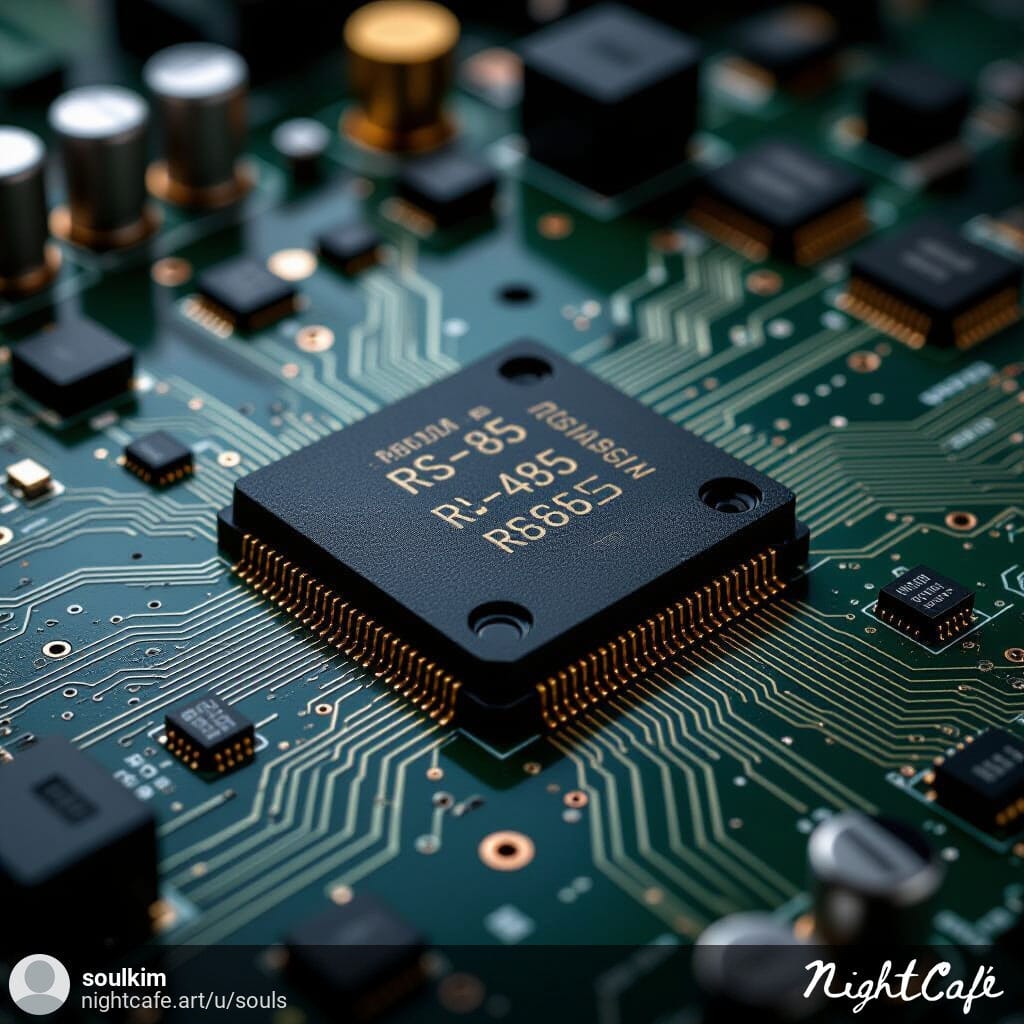
If you want to build strong communication systems, learning about RS-485 helps. It is useful for both professionals and hobbyists.
What Is RS-485?
RS-485 is a serial communication standard. It allows up to 32 devices to share one twisted-pair cable. Unlike RS-232, which connects only two devices, RS-485 supports many devices.
It uses differential signaling to reduce noise. This helps it work well in harsh environments.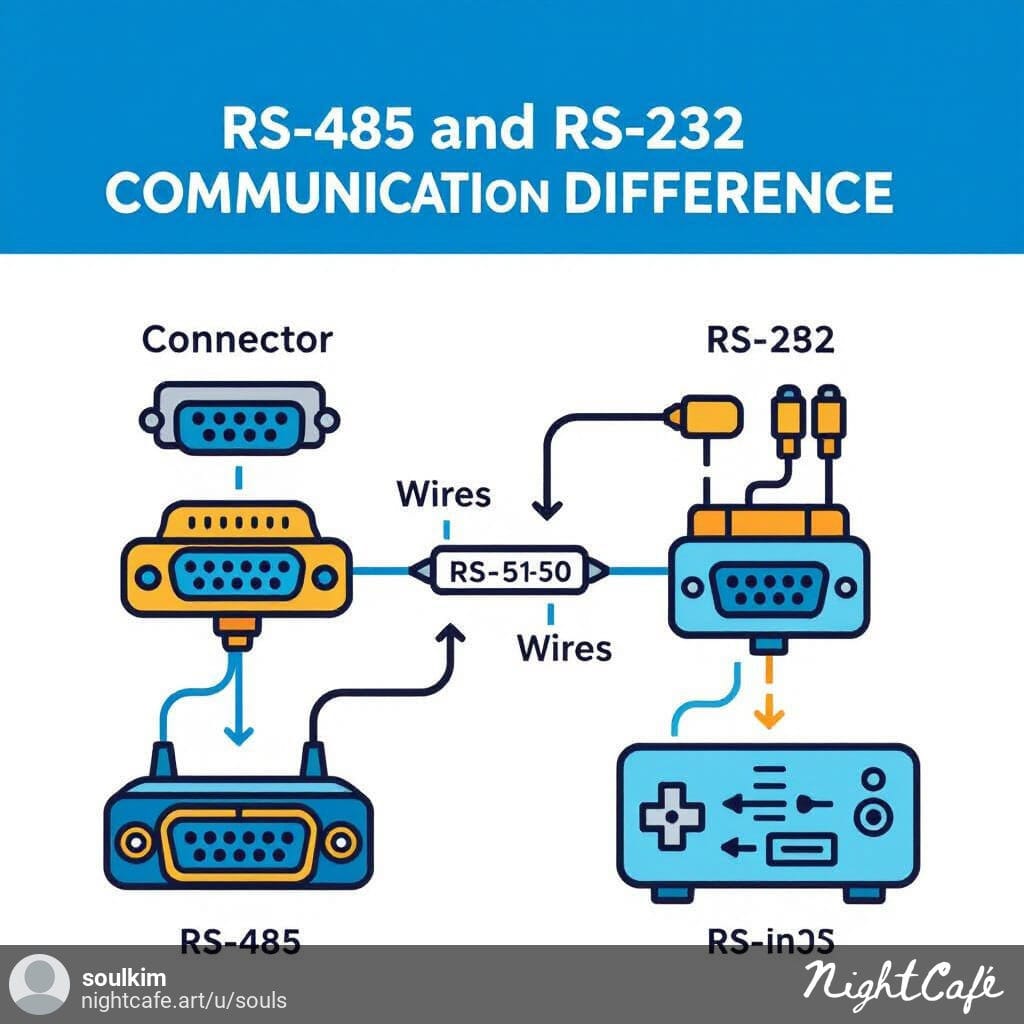
Why RS-485 Still Matters
Some people think RS-485 is old. But it is not. First, it supports cable lengths up to 1,200 meters. Second, it resists electrical noise better than many newer protocols. Also, it uses cheap and simple hardware.
Setting up RS-485 is easy. Because of this, many factories and buildings use it daily.
Key Benefits of RS-485
RS-485 has many advantages:
- Connects many devices with few wires.
- Maintains stable communication over long distances.
- Resists electrical interference.
- Is cheap to install and maintain.
These benefits make RS-485 common in factories, HVAC systems, and smart meters.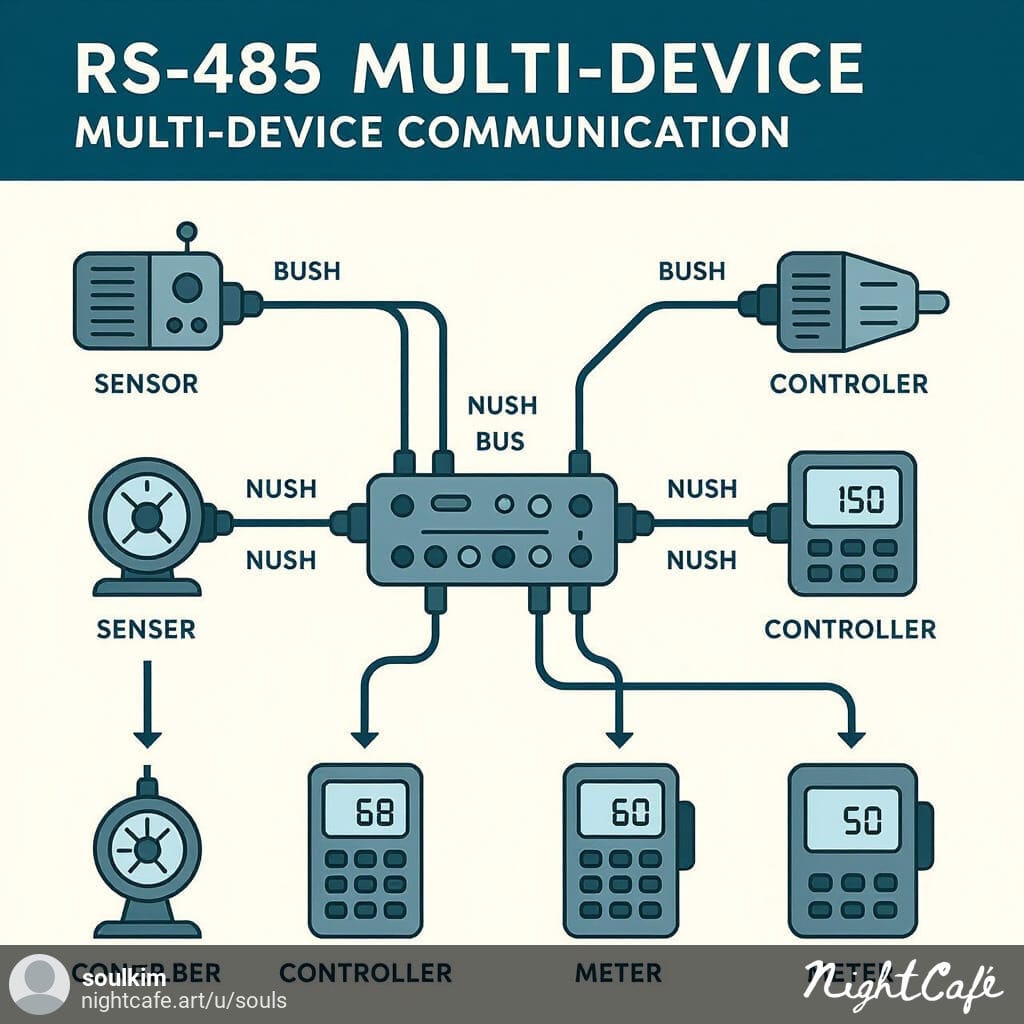
How to Wire RS-485 Correctly
Good wiring is important. Use shielded twisted-pair cables. Also, place 120-ohm resistors at both ends. This prevents signal reflection.
Avoid branches or stubs in the cable. Make sure all devices share the same ground. Doing this helps keep communication stable.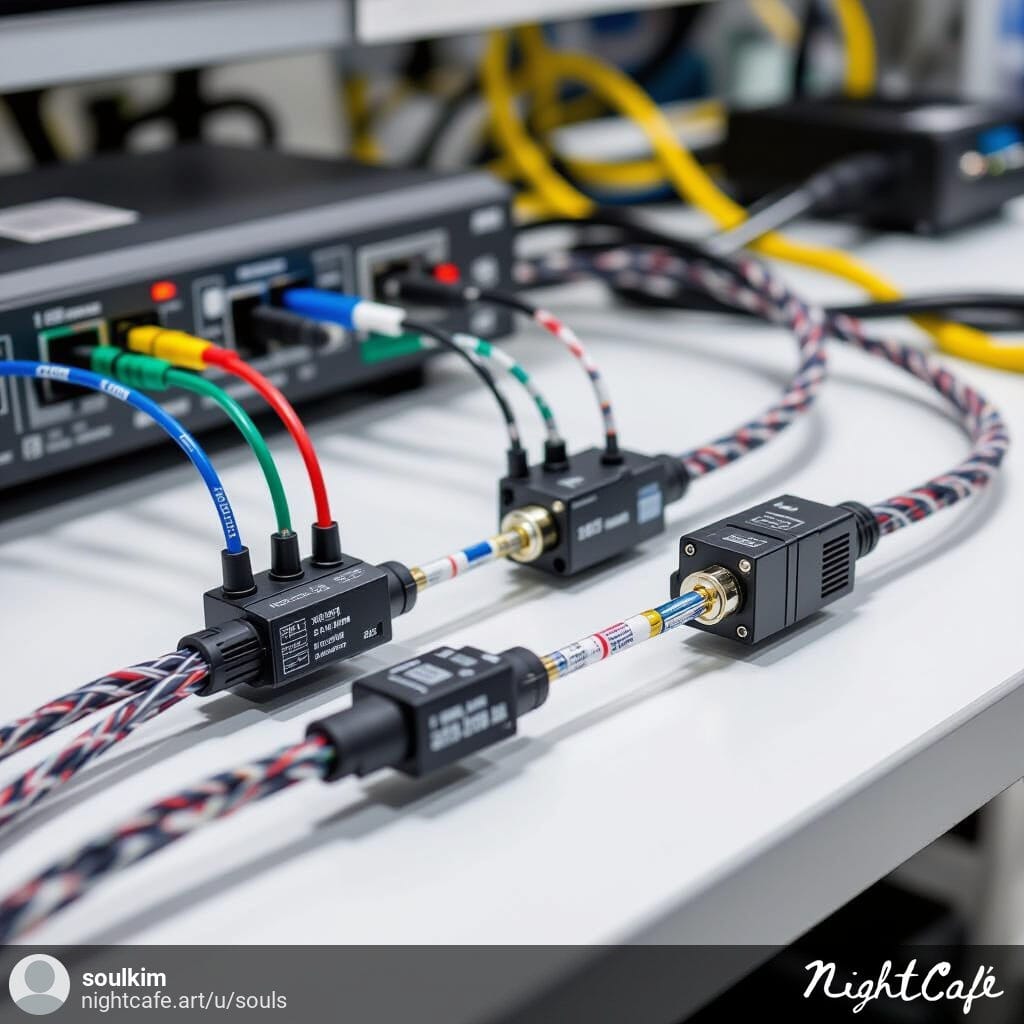
Real-World Example
Imagine a factory with sensors, motors, and controllers. RS-485 connects them on one cable. This cuts wiring costs and complexity.
If one device fails, the others keep working. This makes the system strong and efficient. Many engineers trust RS-485 for this reason.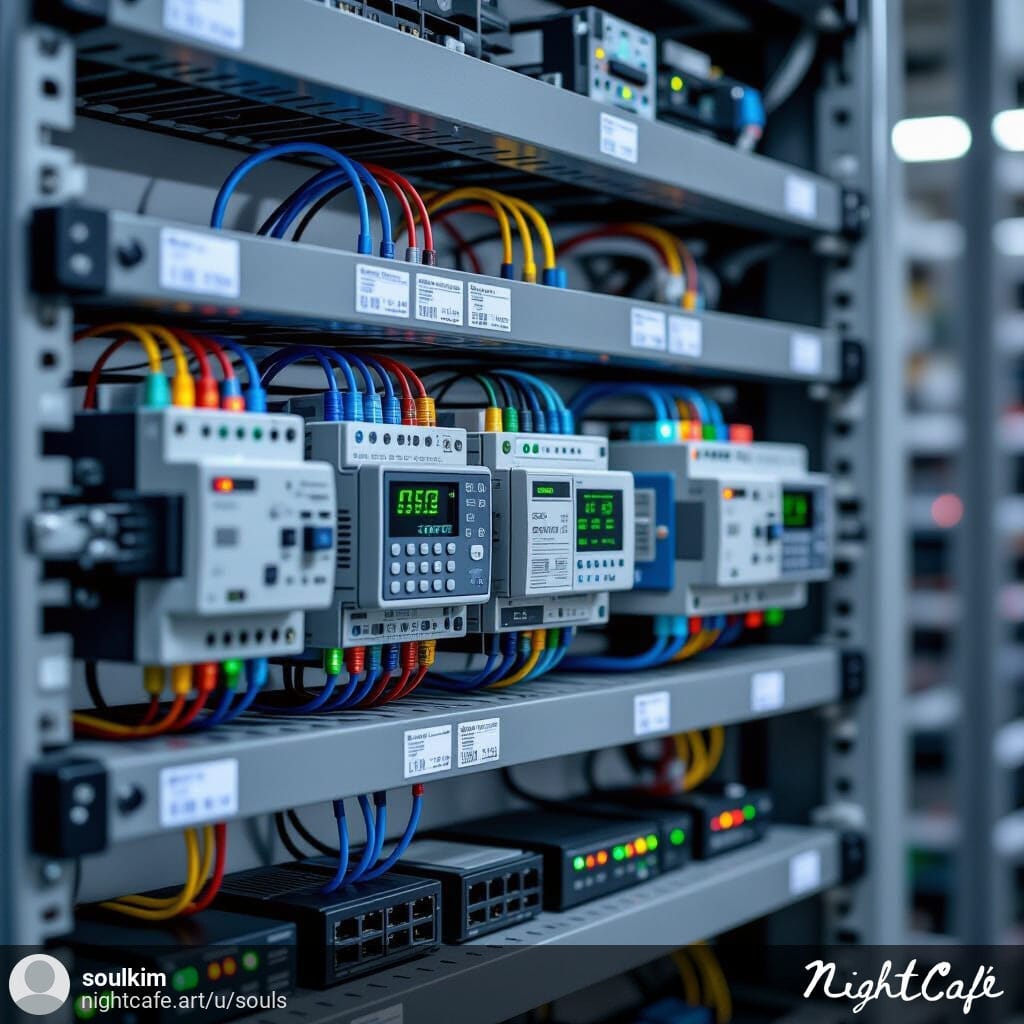
Should You Use RS-485?
RS-485 is an excellent choice when you need stable, long-distance communication. In addition, it performs reliably even in environments with significant electrical noise. Moreover, it supports connecting many devices on a single communication line, which simplifies wiring and reduces costs.
Newer protocols may be faster, but RS-485 is simpler and more reliable. Also, it requires less hardware, making implementation easier. Therefore, if you need robustness and ease over speed, RS-485 is a great choice. It remains practical and trusted in many industries.
Conclusion
RS-485 proves that old technology still works well. Additionally, it is simple, reliable, and affordable. Therefore, if you need stable and cost-effective communication, RS-485 is a solid choice.
RS-232 : Solving New Problems in Equipment of semiconductors

Leave a Reply